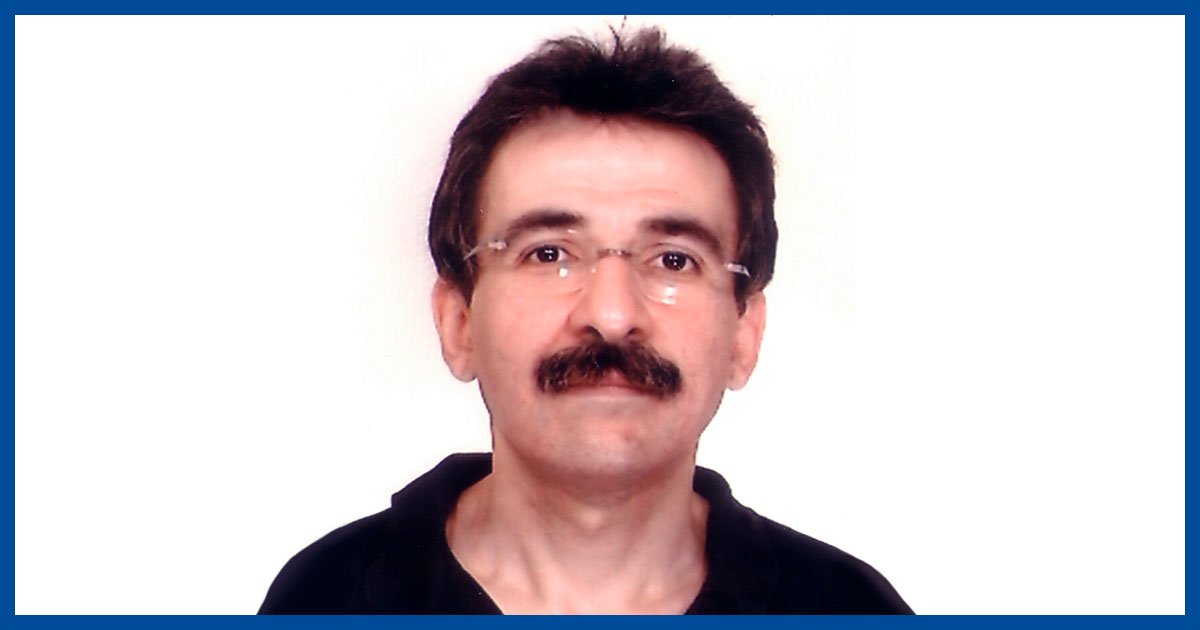
24 Apr New research project jointly supported by 6 European associations
A new research which has just been funded by the Italian charity Gruppo Famiglie Dravet Onlus, supported by five other European associations dedicated to Dravet Syndrome: Associaçào Sindrome de Dravet Portugal, Dravet-Syndrom e.V Germany, Dravet Syndrome Sweden Association, Stichting Dravetsyndroom Netherlands/Flanders, Swiss Dravet Syndrome Association, coordinated by the Dravet Syndrome European Federation (DSEF).
The project is called “Combined transcriptional-translational RNA therapy of SCN1A haploinsufficiency”, it will be developed by Antonello Mallamaci (photo), neurobiologist at Scuola Internazionale Superiore di Studi Avanzati (SISSA), in Trieste, Italy, and will last one year.
The project constitutes the follow-up to a research started thanks to a funding from a United States organisation called Citizen United for Research in Epilepsy (CURE). Researchers will conduct a study with “the aim to provide the necessary basic evidence before moving on from the study of the SCN1A gene in mice – which is currently being used for testing – to its human counterpart”.
Dr. Mallamaci explained in detail the new project:
Having two copies for each of our genes is often crucial to instruct our cells to synthesize the proper amounts of RNA and protein products of these genes required for our metabolic needs. This is particularly important in case of nervous cells, where the absence of one functional gene copy may cause profound metabolic abnormalities, resulting in epilepsy and other neuropathological states. This specifically applies to the SCN1A gene, which drives the synthesis of a specific neuronal channel limiting electrical activity of our brain. In fact, loss of one healthy copy of SCN1A is the most common cause of Dravet Syndrome.
Unfortunately, even precise, state-of-art molecular surgery of chromosomes cannot rescue such gene copy deficits in the post-natal brain. We will try to fix this problem relying on the spared copy of the defective gene, by delicately stimulating the synthesis of its mRNA and protein products (transcription and translation, respectively) thanks to a combination of innovative and selective RNA-based drugs recently developed in our lab. These are a “small activating RNA” (saRNA) and an “RNA-programmable enzyme” (called NMHV), specifically promoting transcription of the murine Scn1a gene, as well as another artificial RNA belonging to the family of SineUp RNAs, enhancing Scn1a translation. Based on our preliminary results and calculations, their combined employment should restore normal Scn1a protein levels in mice harboring one functional copy of this gene. This suggests that a similar approach might fix SCN1A gene deficits in Dravet patients.
However, prior to move to human neural cells, four key questions have to be addressed: (1) is combined and targeted stimulation of mRNA and protein synthesis really sufficient to restore the right amount of protein product in neural cells with one functional Scn1a copy? (2) does our targeted Scn1a stimulation – already tested in vitro – work well in the living brain? (3) do our Scn1a-stimulating devices “disturb” other genes? (4) do these devices comply with fine physiological Scn1a regulation?
Clarifying these four points is just the main aim of the present project. Specifically, we will address questions (1), (3) and (4) in vitro, in neural cultures derived from the cerebral cortex of mouse neonates harboring only one working copy of Scn1a, instructed to produce our “therapeutic RNAs” by means of biosafe vectors derived by the human immunodeficience virus. We will address question (2) in juvenile mice with Scn1a deficit, instructing their neural cells to generate such RNAs by other vectors, originating from biosafe human respiratory viruses and to be administered intravenously.
We expect that the accomplishment of this project will provide the necessary proofs of principle needed to undertake a similar approach for human SCN1A gene deficits. Moreover, we envisage that our design will have a deep impact on therapy of other epilepsies due to defective gene copy number. In fact – beyond our focus Scn1a, here we are setting a general paradigm suitable for scalable therapy of this class of epileptogenic genetic anomalies, for which the development of effective cures is far, due to the heterogeneity of the correspondent pathogenetic mechanisms, their low individual prevalence and scarce economical redditivity of the specific investment needed.
